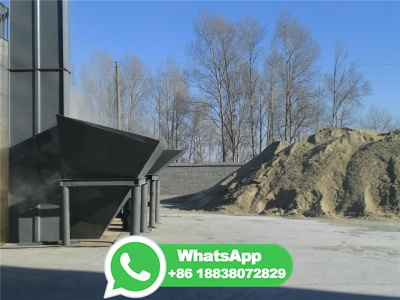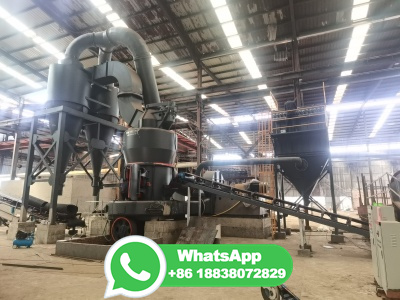PDF COAL CHARACTERISTICS Purdue University
found in coal) are identified (microscopically) by reflected light the reflective or translucent properties of the coal indicating the individual component macerals the way they have combined to form the coal The purpose of classifying coal in this way is to determine its best uses. Mineral content is assessed by burning coal

































